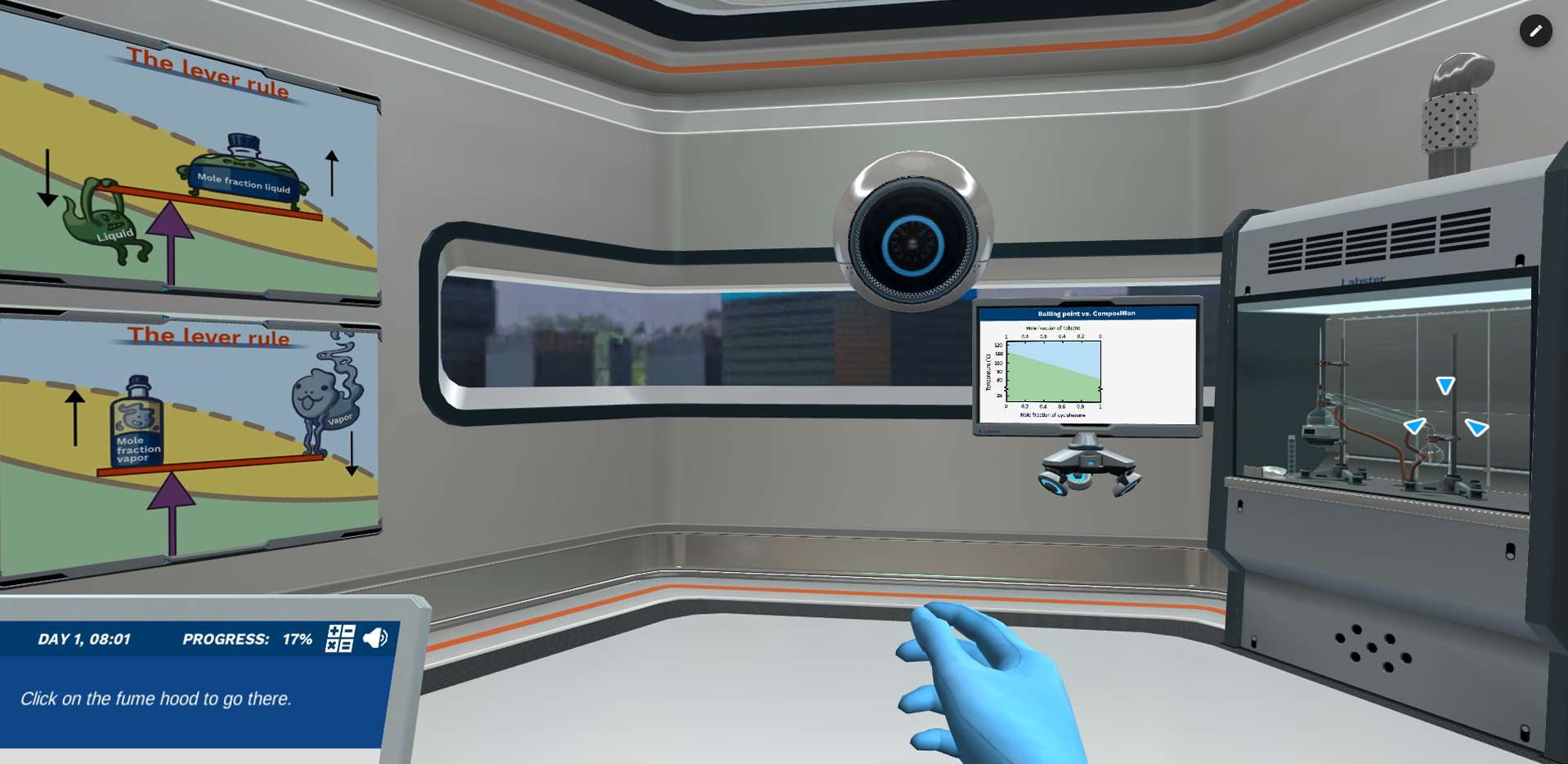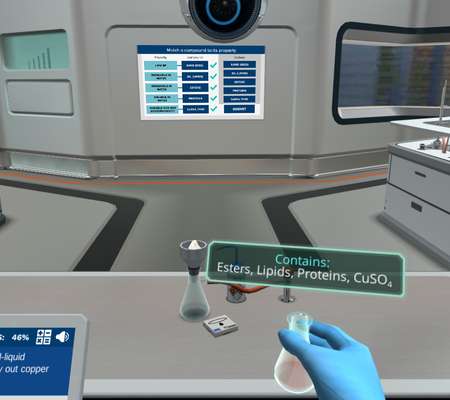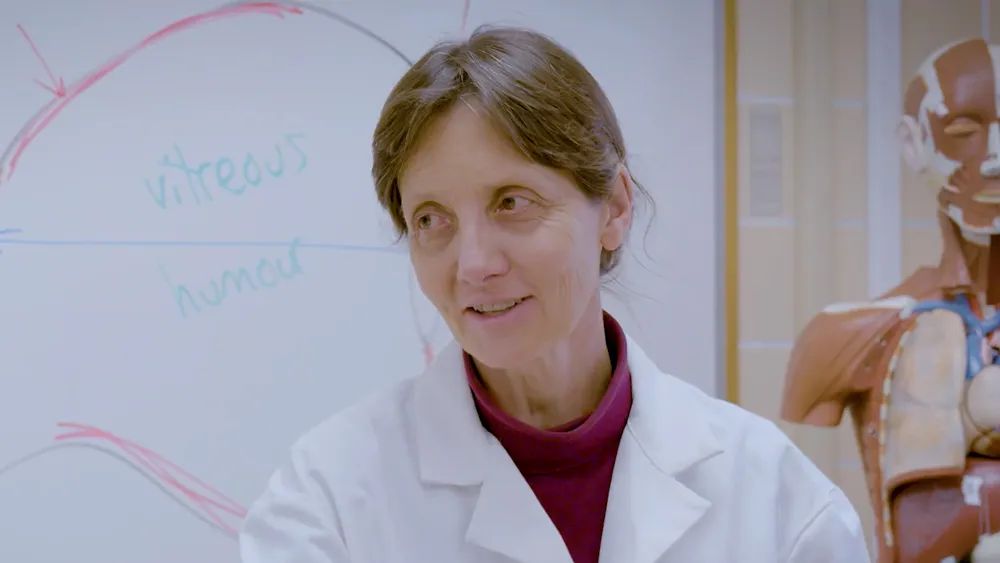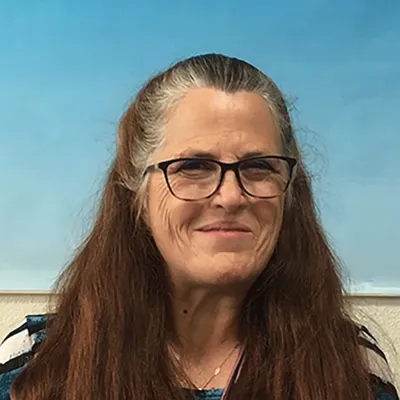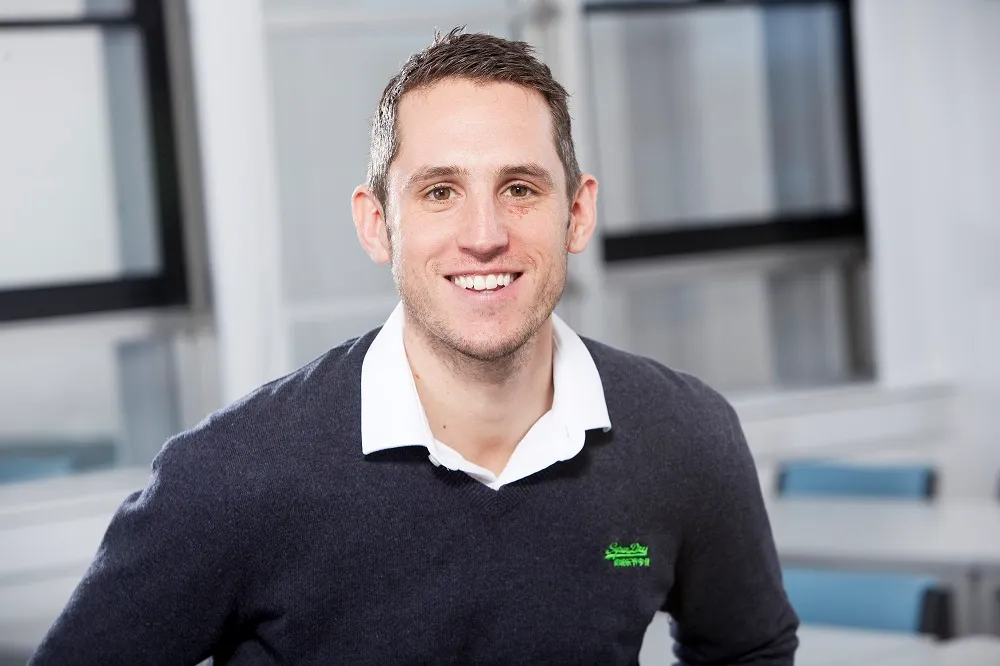Heading 1
Heading 2
Heading 3
Heading 4
Heading 5
Heading 6
Lorem ipsum dolor sit amet, consectetur adipiscing elit, sed do eiusmod tempor incididunt ut labore et dolore magna aliqua. Ut enim ad minim veniam, quis nostrud exercitation ullamco laboris nisi ut aliquip ex ea commodo consequat. Duis aute irure dolor in reprehenderit in voluptate velit esse cillum dolore eu fugiat nulla pariatur.
Block quote
Ordered list
- Item 1
- Item 2
- Item 3
Unordered list
- Item A
- Item B
- Item C
Bold text
Emphasis
Superscript
Subscript
About This Simulation
Learn how to separate a mixture of liquids into its pure components through fractional distillation. Partner with our lab assistant Dr. One to learn how to use a fractionating column and set up a successful distillation!
Learning Objectives
- Explain the principles behind and procedure of separating hydrocarbon mixtures by fractional distillation
- Use the Lever rule to determine appropriate procedural parameters for separating a given mixture
- Deploy appropriate apparatus to perform a fractional distillation procedure
About This Simulation
Lab Techniques
- Distillation
- Fractional Distillation
Related Standards
Learn More About This Simulation
How do we separate homogeneous mixtures of liquids with similar boiling points? In this simulation, you will learn how to turn a mix of toluene and cyclohexane into its pure components through fractional distillation. Together with Dr. One, you will overcome the limitations of a simple distillation apparatus by adding a fractionating column.
Go beyond simple distillation
When the components of a homogeneous liquid mixture have similar boiling points, you cannot separate them entirely by simple distillation. You will, therefore, use a secret weapon: a fractionating column! When vapors move up through this column, they go through multiple cycles of evaporation and condensation. With each cycle, the vapors get increasingly rich in one component, which means that you can collect a pure product at the end of the apparatus.
Separate the mixture with fractional distillation
You will follow the mixture on its journey through the fractional distillation apparatus. You can choose to explore and learn about every part: from the distilling flask at the start, the fractionating column and condenser, to the receiving flask at the end.
Use the Lever rule to optimize the process
To visualize the journey of the mixture through the apparatus, you will use boiling point vs. composition diagrams. While these diagrams are powerful on their own, you will learn how to extract additional information from them by using the Lever rule. Are you able to predict the purity and amount of the escaping vapors? And have we chosen the appropriate procedural parameters for a successful distillation?
For Science Programs Providing a Learning Advantage
Boost STEM Pass Rates
Boost Learning with Fun
75% of students show high engagement and improved grades with Labster
Discover Simulations That Match Your Syllabus
Easily bolster your learning objectives with relevant, interactive content
Place Students in the Shoes of Real Scientists
Practice a lab procedure or visualize theory through narrative-driven scenarios
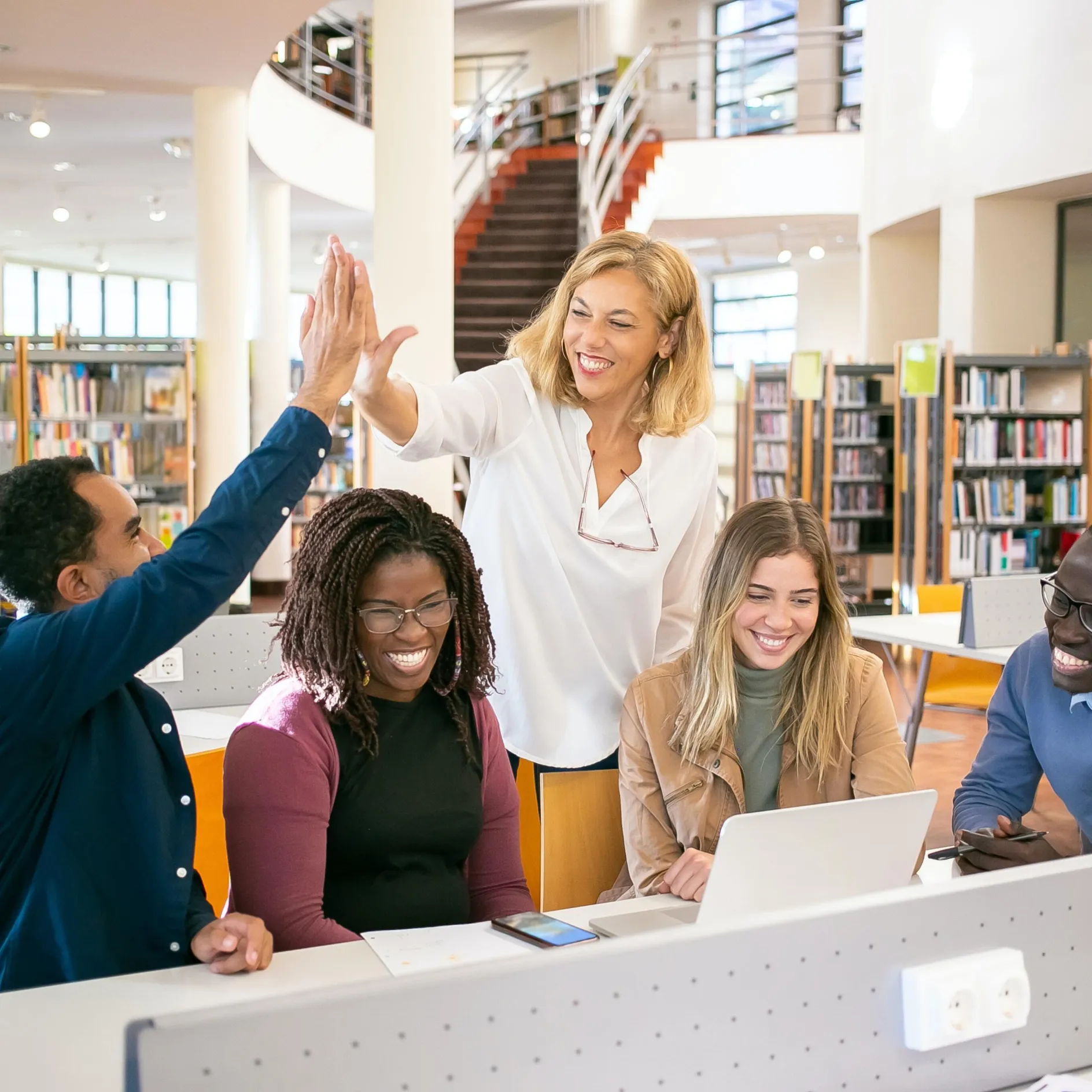

FAQs
Find answers to frequently asked questions.
Heading 1
Heading 2
Heading 3
Heading 4
Heading 5
Heading 6
Lorem ipsum dolor sit amet, consectetur adipiscing elit, sed do eiusmod tempor incididunt ut labore et dolore magna aliqua. Ut enim ad minim veniam, quis nostrud exercitation ullamco laboris nisi ut aliquip ex ea commodo consequat. Duis aute irure dolor in reprehenderit in voluptate velit esse cillum dolore eu fugiat nulla pariatur.
Block quote
Ordered list
- Item 1
- Item 2
- Item 3
Unordered list
- Item A
- Item B
- Item C
Bold text
Emphasis
Superscript
Subscript
A Labster virtual lab is an interactive, multimedia assignment that students access right from their computers. Many Labster virtual labs prepare students for success in college by introducing foundational knowledge using multimedia visualizations that make it easier to understand complex concepts. Other Labster virtual labs prepare learners for careers in STEM labs by giving them realistic practice on lab techniques and procedures.
Labster’s virtual lab simulations are created by scientists and designed to maximize engagement and interactivity. Unlike watching a video or reading a textbook, Labster virtual labs are interactive. To make progress, students must think critically and solve a real-world problem. We believe that learning by doing makes STEM stick.
Yes, Labster is compatible with all major LMS (Learning Management Systems) including Blackboard, Canvas, D2L, Moodle, and many others. Students can access Labster like any other assignment. If your institution does not choose an LMS integration, students will log into Labster’s Course Manager once they have an account created. Your institution will decide which is the best access method.
Labster is available for purchase by instructors, faculty, and administrators at education institutions. Purchasing our starter package, Labster Explorer, can be done using a credit card if you are located in the USA, Canada, or Mexico. If you are outside of North America or are choosing a higher plan, please speak with a Labster sales representative. Compare plans.
Labster supports a wide range of STEM courses at the high school, college, and university level across fields in biology, chemistry, physics, and health sciences. You can identify topics for your courses by searching our Content Catalog.
